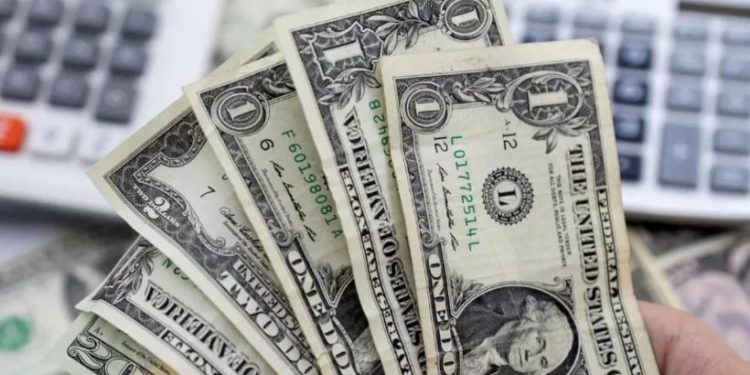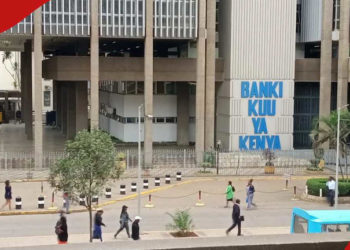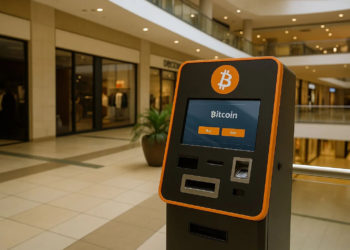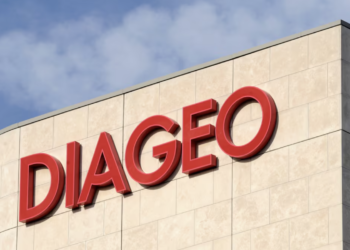Kenya’s foreign exchange reserves have recently hit a significant milestone, reaching a high of USD 7.85 billion as of September 19th, 2024. This marks a continued growth trend for the third consecutive week, with reserves rising from USD 7.34 billion on August 29th, 2024. The reserves now cover 4.1 months of imports, exceeding the Central Bank of Kenya’s (CBK) statutory requirement of maintaining at least 4 months of import cover.
Kenya, like many developing African countries, is a net importer, meaning we import more goods and services than we export to other countries. One of the key challenges for net importers is the risk of exchange rate volatility. When the Shilling weakens, the cost of imports increases, putting pressure on businesses and consumers. The increase in foreign exchange reserves means that Kenya can comfortably meet its import obligations without risking a balance of payments crisis.
Further, forex reserves play a central role in stabilizing the value of a country’s currency. When the Kenyan shilling faces depreciation pressures, the CBK can intervene in the foreign exchange market by selling U.S. dollars or other reserve currencies to prop up the shilling. The stability of the shilling around 129 units to the dollar, supported by these reserves, gives more predictability. This is because Kenyan businesses and consumers rely on imported goods whose prices are influenced by exchange rates, helping to control the cost of living.
In addition, Kenya’s growing forex reserves improve our ability to service external debt. Much of Kenya’s public debt is denominated in foreign currencies, particularly U.S. dollars and euros. The increase in reserves gives the Kenyan government greater flexibility in meeting its debt obligations on time, which is crucial for maintaining the country’s credit rating and avoiding default. This also boosts investor confidence in Kenya’s fiscal discipline, increasing the country’s attractiveness to foreign investment.
With a more stable currency on the back of rising forex reserves, and as the CBK eases lending rates in late 2024, Kenya’s businesses and consumers stand to benefit from cheaper borrowing costs. Lower rates typically encourage investment, as businesses can access capital more affordably, leading to increased economic activity. Consumers, on the other hand, may take advantage of lower interest rates to purchase homes, cars, or finance other major expenses, driving demand in various sectors of our economy.

















